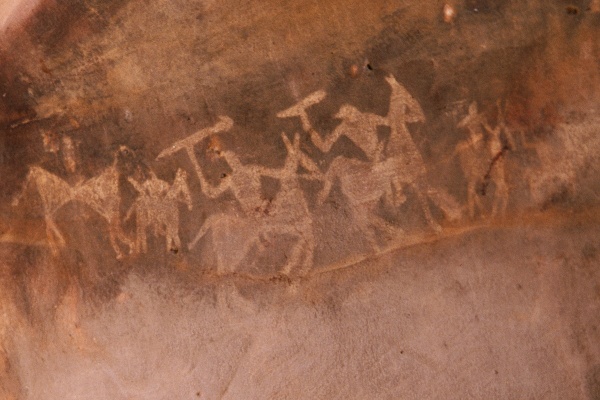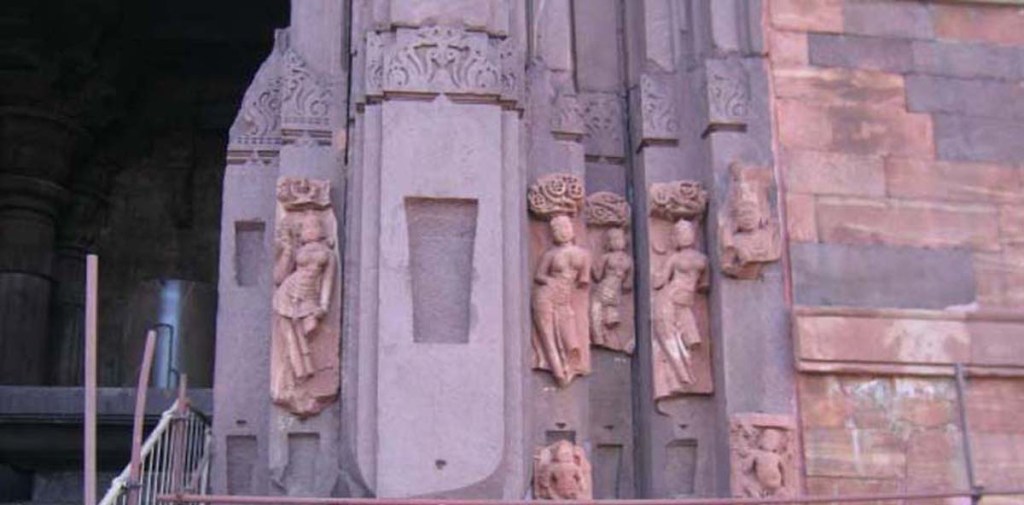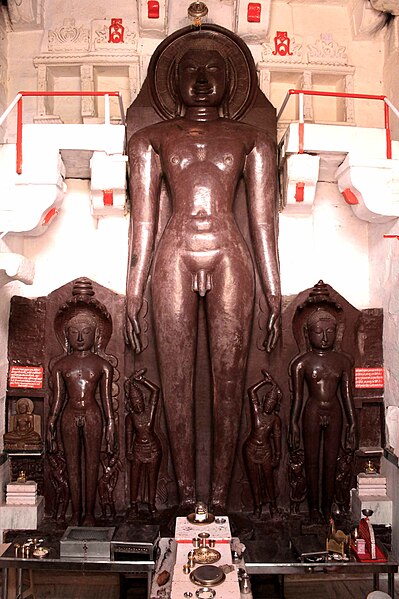Bhimbetka, a UNESCO World Heritage Site, is located in the Raisen District of Madhya Pradesh, just 56 km from Bhopal. The region features a rocky landscape, dotted with forests featuring varieties of flora and fauna.Located in the southern tip of the Vindhyachal Range, Bhimbetka is a retreat for picnickers. The southern part of these rock shelters are enclosed by the Satpura Hills. As suggested in the name, this place is associated with the mythical figure Bhim, the second brother of the Pandavas. Bhimbetka, literally meaning ‘the lounge of Bhim’, encourages a local belief that during the period of exile, Bhim took refuge in this very site. The site was a major dwelling of the primitive human race, boasting a history of 30000 years. Bhimbetka is famous for its ancient rock paintings, depicting the life style of man from the Stone Age. These paintings offer information related to the history of the early settlement of mankind.The rock paintings of Bhimbetka depict the transformation of the ancient people to civilized hunters and gatherers. Array of activities are demonstrated on the wall, ranging from sketches of women to paintings of animals like bears, rhinoceroses, tigers, hunting scenes, etc. The paintings also depict childbirth, religious rites, ceremonies and many more occasions. Some of the rock paintings of the Stone Age spotted in the caves of Bhimbetka is about 30,000 years old. The superimposition of paintings shows that the same canvas was used by different people at different times. The drawings and paintings can be classified under seven different periods:
PERIOD I - UPPER PALEOLITHIC:
These are linear representations, in green and dark red, of huge figures of animals such as bisons, tigers and rhinoceroses.
PERIOD II - MESOLITHIC :
Comparatively small in size, the stylised figures in this group show linear decoration on the body. The depiction of communal dances, birds, musical instruments, mother and child, pregnant women, men carrying dead animals, drinking and burials appear in rhythmic movement.
PERIOD III - CHALEOLITHIC:
Similar to the paintings of Chaleolithic pottery, these drawings reveal that during the period the cave dwellers of this area had come in contact with the agricultural communities of the Malwa plains and started an exchange of their requirements with each other.
PERIOD IV & V - EARLY HISTORIC:
The figures of this group have a schematic and decorative style, and are painted mainly in red, white and yellow. The association is of riders, depiction of religious symbols, tunic-like dresses and the existence of the scripts of different periods.
PERIOD VI & VII - MEDIEVAL:
These paintings are geometric, linear and more schematic, but they show degeneration and crudeness in their artistic style. The colors used by the cave dwellers, prepared combining manganese, hematite soft red stone, wooden coal and also sometimes by animal fat and extracts of leaves is still remains intact.
How to reach here:
By Air :Bhopal Airport, also known as Raja Bhoj Airport, is the nearest airport, which is 42 km away from Bhimbetka.
By Rail: Bhopal Railway Station is the nearest rail head to Bhimbetka. It has connection trains to all major cities in India.
Places you must visit:
The Bhimbetka caves or the rock shelters offer a number of rock paintings belonging to the pre-historic and historic period depicting the time and lives of those who were the dwellers of the caves. The paintings usually have scenes from communal dancing, burials and religious rites, their natural environment and also the process of childbirth.Most of the paintings are depicted in white and red colors along with use of yellow and green occasionally. The themes of the paintings are mostly related to dancing, hunting, elephant and horse riding, honey collection, masques and disguises, animal fighting and other household scenes.Animals like elephants, tigers, bison, lizards, antelopes and other animals are also drawn on the cave walls. Besides, there is some superimposition of paintings which proves that different people have used the walls as canvas at different times.The paintings of Bhimbetka caves have been categorised in seven periods and they are – period 1 or the Upper Palaeolithic, period 2 or Mesolithic, period 3 or Chalcolithic, periods 4 and 5 or Early Historic, periods 6 and 7 or Medieval.




Bhojpur takes its name from Raja Bhoj (reg. c. 1000-1055 CE), the most celebrated ruler of the Paramāra dynasty. There is no archaeological evidence from Bhojpur before the eleventh century, a fact confirmed by local legends which recount how Bhoj made a vow to build a series of dams “to arrest the streams of nine rivers and ninety-nine rivulets”. A location was found in the kingdom that allowed the king to fulfil this vow and the dams were duly built at Bhojpur. A 20 km drive from Bhimbetka takes a visitor to Bhojpur, the home to the great Shaivite Bhojpureshwar temple constructed by the legendary Raja Bhoj.
Places you must visit:
Bhojeśvar temple an incomplete temple is dedicated to Lord Shiva.The temple houses one of the largest liṅga-s in India, 5.5 m (18 ft) tall and 2.3 m (7.5 ft) in circumference. It is crafted out a single rock.[4] The building is under the protection of the Archaeological Survey of India.The attribution of the temple to Bhoja is based on the testimony of Merutuṅga who reports in the Prabandhacintāmaṇi that Bhoja bestowed on the poet Māgha “all the merit of the new Bhojasvāmin temple that he was about to build himself”, and then “set out for the country of Mālava”.[5] The style of the sculpture on the building confirms an early to mid-eleventh century date for the structure.The building as it stands consists of the inner cellar or garbhagṛha, supported by massive pillars, surmounted with an elegant cor belled dome. The outer walls and superstructure of the temple were never built.The temple at Bhojpur is unique in being left unfinished, with a series of large architectural parts still located in the quarries where the stones were cut and fashioned. In addition, there are a significant number of architectural drawings engraved on the flat surfaces of the quarry showing mouldings, pillars, and temple plans.[6] Also of note is the large earthen ramp behind the temple which shows how medieval craftsmen raised the large blocks of stone into position.





Jain Temples: Bhojpur also has an unfinished Jain temple containing a 6 meter-tall statue of Shantinath and two statues of Parshvanath (left) and Suparasnath (right). On the base of one of the images is an inscription mentioning king Bhoja, the only epigraphic evidence connecting Bhoj to the site.[8] The same temple complex hosts shrine for Ācārya Mantunga who wrote Bhaktamara Stotra.

Hoshangabad about 40km away from Bhimbetka a city based on the banks of river Narmada is worth visiting. The city is famous for the Sethani Ghat along the banks of River Narmada and the Hoshangabad Fort.
Sethani Ghat


No comments:
Post a Comment